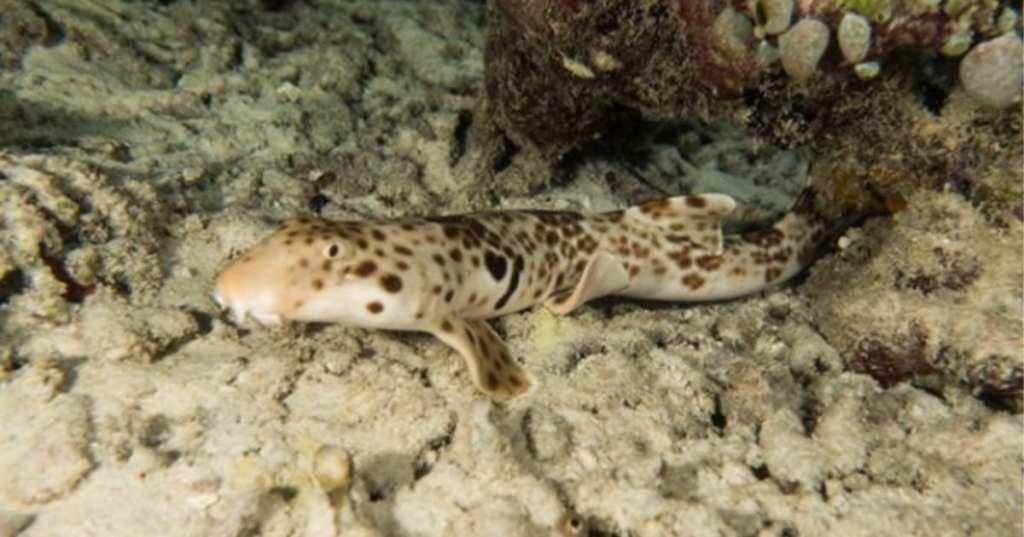Everyone knows Australia is home to like…pretty much all of the scariest animals and insects on earth, but try this one on for size: now, it’s home to four new species of sharks that can walk, too.
Yeah. Four more, which means there were already walking sharks.
And while we are rightfully mourning the loss of so many precious animals because of the fires, let’s take a minute to talk about discovering some new ones.
https://www.instagram.com/p/BYMSqCyn3k2/
Who, it turns out, aren’t trying to kill you.
“At less than a metre long on average, walking sharks present no threat to people but their ability to withstand low oxygen environments and walk on their fins gives them a remarkable edge over their prey of small crustaceans and molluscs,” explained University of Queensland’s Dr. Christine Dudgeon.
Walking sharks primarily swim, but during low tides, can use their fins to walk.
https://www.instagram.com/p/B7yYjpVBkDO/
Until recently, marine biologists thought all walking sharks were members of a single species – Hemiscyllium ocellatum – but research has demonstrated that those that inhabit the waters around New Guinea and the Great Barrier Reef deserve to be re-classified into four new species.
Dr. Dudgeon told IFLScience that, while all species have similar body shapes and behaviors, they have different colors and patterns that are genetically determined.
They published their findings in Marine and Freshwater Research. In their study, they used mitochondrial DNA to map how the species are related, but also how and when they separated.
https://www.instagram.com/p/B7xmSqjhRED/
She believes new species formed when populations became cut off from each other, either by changes in sea level or tectonic uplift around highly volcanic New Guinea. These never moved into each other’s territory when the barriers were removed, leaving the region’s geologic and climatic history visible in their genetic code.
Sharks are fairly mobile, typically, but these particular species seem more tied to one place.
There you go – some fun news out of Australia when we need it most, and about an animal that’s no real threat to human beings.
What a day.






